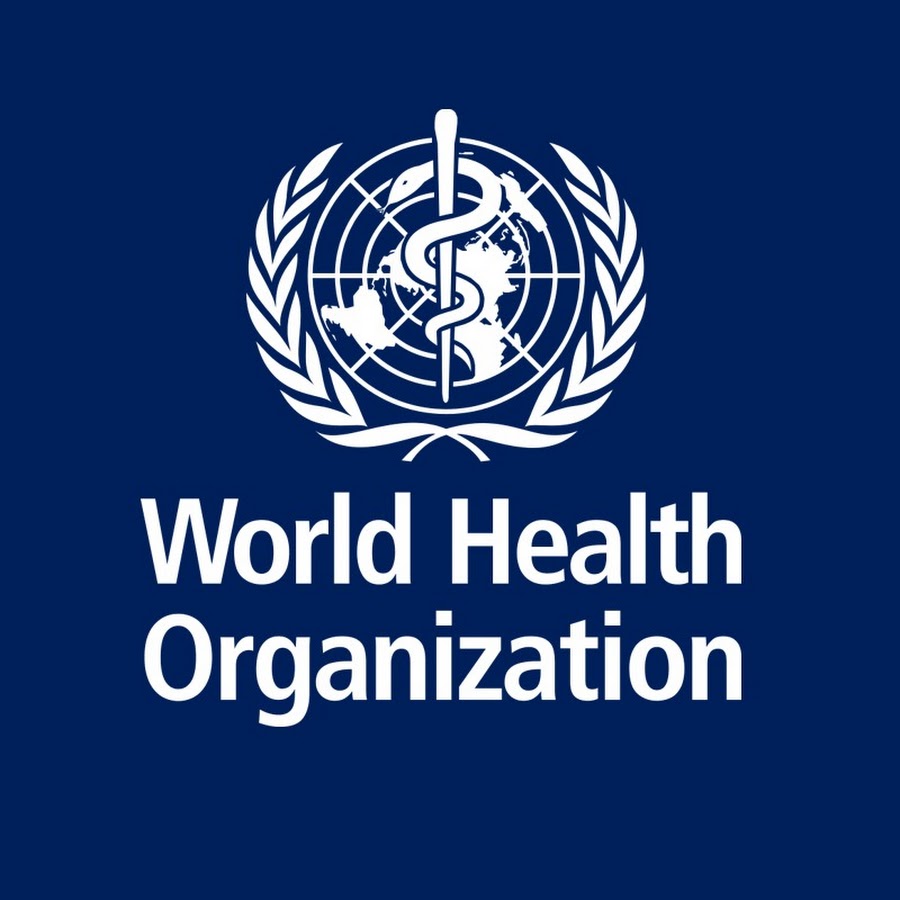The World Health Organisation (WHO) said on Tuesday that more than one in every 100 deaths worldwide is caused by suicide, and it called for urgent measures to tackle a growing mental health crisis, particularly among young people.
According to WHO, global suicide rates have shown a modest decline in recent years, but the progress remains too slow to meet international targets. In 2021 — the most recent year with available data — an estimated 727,000 people lost their lives to suicide.
“Globally, suicide accounts for more than one in every 100 deaths, and for each death, there are 20 suicide attempts,” said Devora Kestel, interim head of WHO’s non-communicable disease and mental health department. She stressed that each suicide leaves behind deep emotional scars, noting that “friends, carers and loved ones were forced to grapple with unimaginable hardship.”
The newly released World Mental Health Today report from WHO emphasized that suicide remains a major cause of death among young people across diverse regions and socioeconomic backgrounds. In 2021, it was identified as the second leading cause of death for females aged 15 to 29, and the third leading cause for males in the same age group.
While the global age-adjusted suicide rate declined by 35 percent between 2000 and 2021, WHO cautioned that the pace of improvement falls short of the target set for 2015 to 2030. Instead of achieving the planned one-third reduction, current trends indicate only a 12 percent decrease.
Suicide Rates Rising In The Americas
Although most regions recorded decreases, suicide rates in the Americas rose by 17 percent during the same period. Nearly three-quarters of suicides worldwide occur in low-income countries, where the majority of the global population resides.
The WHO further explained that while wealthier nations often report higher suicide rates, comparisons are complicated due to stronger data collection systems in those countries compared to lower-income regions.
Mental Disorders Increasing Globally
Despite declining suicide rates, WHO reported a sharp increase in mental health disorders such as depression and anxiety. Between 2011 and 2021, the number of people living with such conditions grew faster than the global population. The latest data indicates that more than one billion people are currently affected by mental health disorders.
The report highlighted growing concerns over the mental health of young people. WHO experts suggested that social media and the lingering effects of the Covid-19 pandemic are likely key drivers of rising psychological distress.
Mental Health Funding Remains Low
The UN health agency also expressed concern about stagnant investment in mental health worldwide. Government spending on mental health has remained at a median of just two percent of overall health budgets since 2017.
Despite the rising need, only nine percent of people suffering from depression globally are receiving treatment.
“Transforming mental health services is one of the most pressing public health challenges,” said WHO Director-General Tedros Adhanom Ghebreyesus, urging governments to strengthen support systems.








Add Comment